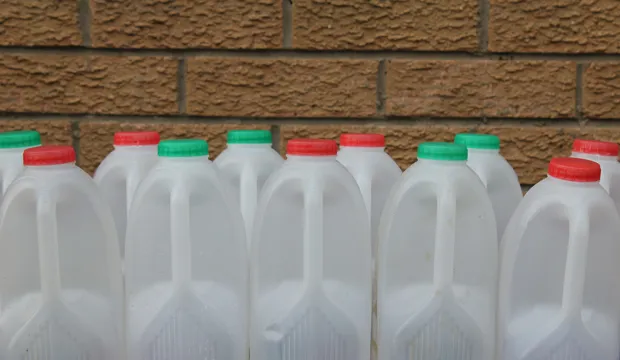
How to make a paper bag
An activity to design and make a carrier bag from sustainable materials
In this engaging activity, we invite you to embark on a journey to design and craft your very own carrier bag using eco-friendly and sustainable materials. As the global consciousness shifts towards environmental responsibility, there’s no better time to explore innovative ways to reduce our impact on the planet while indulging in your artistic flair.
Activity: How to make a paper bag
This activity is one of a set of resources designed to allow learners to use seasonal themes to support the delivery of key topics within design & technology, and engineering. This resource is part of a group for Plastic-free Month that could be carried out in school or at home. It involves the construction of a carrier bag made from sustainable materials. It is targeted at Year 6 (P6/7 in Scotland) but would be suitable for other year groups.
This activity is written as a main lesson activity to introduce learners to the iterative design process, working from a brief/specification and the importance of testing.
How long will this activity take?
This activity will take approximately 40-80 minutes to complete. Download the presentation below for a step-by-step guide on how to make a paper bag.
What you will need
- Glue and/or a stapler
- A3 Paper. Any type will do: plain paper, newspaper or wrapping paper.
- Card for reinforcement.
- String for the handle.
- Felt pens, paints or crayons.
- Some weights. (Groceries with known weights could be used if the activity is carried out at home).
Examples of paper bags


The engineering context
Specifications serve as the means of communication between the Engineer and the client, ensuring a mutual understanding of the desired attributes and functionalities of the product.
Testing a product to the point of destruction is integral to the engineering process. This practice establishes the boundaries for safety and usability, and it is particularly employed in assessing vital products like cars (via crash tests), aeroplane engines, and bridges.
Suggested learning outcomes
By the end of this activity, students will understand how a specification expands on a brief, they will understand the role of the specification in the design process, and they will be able to use an iterative design process to improve outcomes.
Download the free activity sheet below!
All activity sheets and supporting resources are free to download, and all the documents are fully editable so that you can tailor them to your students and your schools’ needs.
The activity sheet includes teacher notes, guidance, helpful web links, and links (where appropriate) to the national curriculum in the four devolved UK nations; England, Northern Ireland, Scotland and Wales.
Please share your classroom learning highlights with us @IETeducation




